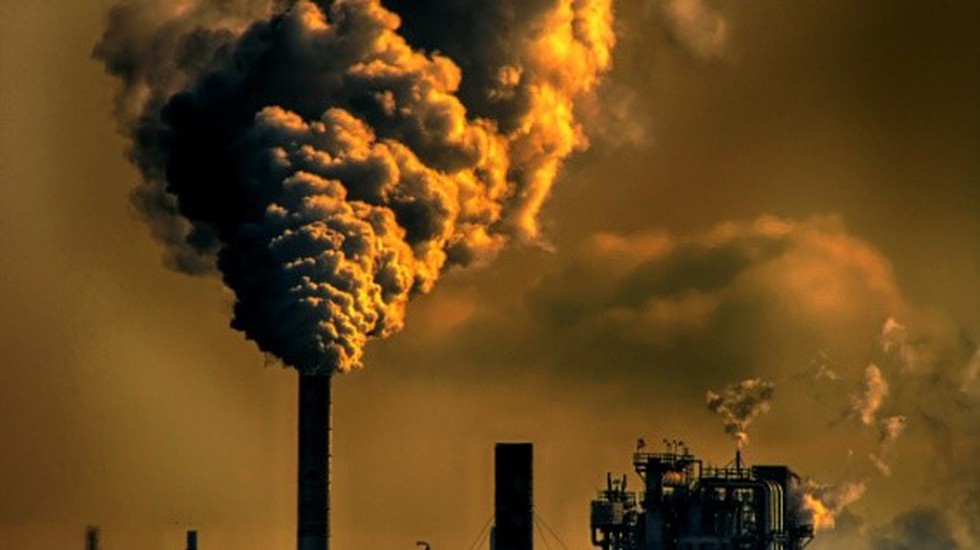About Global Greenhouse Gas Watch (GGGW):
- It is a new greenhouse gas (GHG) monitoring initiative of the World Meteorological Organisation (WMO).
- GGGW will fill critical information gaps, providing an integrated, operational framework under all space-based and surface-based observing systems under one roof, along with modelling and data assimilation capabilities.
- It will build on WMO’s experience in coordinating international collaboration in predicting the weather and analysing climate on long-standing activities in greenhouse gas monitoring and research under the guidance of the Global Atmosphere Watch, established in 1989.
- GGGW predicts a top-down approach to the flux evaluation, which builds on existing capabilities in surface- and space-based observations and modelling, ensuring the timely exchange of all observations and data.
- The GGGW will consist of four main components:
- Comprehensive, sustained, global surface- and satellite-based observations of CO2, methane, and nitrous oxide concentrations, partial column amounts, total column amounts, vertical profiles, and fluxes supporting oceanic, meteorological, and terrestrial variables, internationally exchanged as rapidly as possible.
- Prior estimates of the GHG emissions based on the activity data and process-based models.
- Global high-resolution Earth system models representing GHG cycles.
- Data assimilation systems combining the observations with model calculations to generate products of higher accuracy.
Key facts about World Meteorological Organisation (WMO):
- It is a specialized agency of the United Nations (UN).
- It is the UN system's authoritative voice on the state and behavior of the Earth's atmosphere, its interaction with the oceans, the climate it produces, and the resulting distribution of water resources.
- It originated from the International Meteorological Organization (IMO), which was founded in 1873.
- Established in 1950, WMO became the specialized agency of the UN for meteorology(weather and climate), operational hydrology and related geophysical sciences.
- Headquarters: Geneva, Switzerland.
- Currently it has a membership of 187 countries.
- Governance Structure:
- Its supreme body is the World Meteorological Congress, which consists of representatives of all members. It meets at least every four years to set general policy and adopt regulations.
- A 36-member Executive Council meets annually and implements policy.
